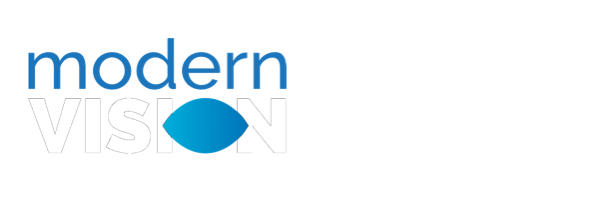Benjamin Franklin made one of the biggest historical breakthroughs in eyeglass technology when he invented bifocals. But did you know the earliest known wearable eyeglasses are thought to be from 13th Century Italy? Contact lenses have a shorter but equally interesting history that can be traced back to Leonardo da Vinci.
So how far has eyeglass and contact lens technology come? Let’s take a look.
The Origins of Eyeglasses
The ancient Romans are thought to be the first to have used rounded glass as a magnifying device to help read small text. It wasn’t until the 1200s during the early years of the Renaissance however, when primitive versions of what we call eyeglasses were used. Paintings from around this time depicted scholars and monks using blown glass “lenses” that were mounted in pieces of animal bones, wood, or leather and held up to the face to improve vision.
Since this early technology was only accessible by the wealthy, it quickly became a status symbol that represented prosperity and intellect. This is likely the origin of the idea that glasses make you look smart!
A few hundred years later, eyeglass technology took a big step forward with the popularization of wearable frames, like we wear today, that rest on the bridge of the nose and the tops of the ears. A model called “Martin’s Margins” might be the first form of eyeglasses to be produced in large numbers—the frames were invented in the 1700s and are popular collector’s items to this day.
Franklin invented bifocals in the late 1700s, but glasses were still made almost entirely by hand at this time, and not available to the larger public. It wasn’t until the dawn of the industrial revolution in the 1800s when accurate prescriptions and eyeglasses were largely available and affordable to the working classes.
The Origins of Contacts
Da Vinci certainly didn’t invent contact lenses, but he was a pioneer in the idea of vision improvement using materials like glass and even water. René Descartes, a French scientist, built on this line of thinking with the idea of improving vision with a glass tube filled with liquid that was actually placed directly on the eye—which is where the term “contact lens” comes from.
While there was evidence that these early contacts improved vision, they weren’t exactly practical—you couldn’t blink while wearing them!
The next big breakthrough in contact lens technology happened just as the 1800s were coming to a close. Multiple scientists independently created convex lenses called “scleral lenses” that resembled a larger, heavier version of modern contacts. However, these lenses covered the whole eye, depriving it of oxygen and causing quite a bit of discomfort after a few hours.
In 1948, the smaller, modern “corneal lenses” that we use today were actually invented by accident by an optical technician. These lenses only cover the cornea, allowing the eye to breath and the wearer to blink, and they stay in place even though they don’t cover the whites of the eye.
Modern Marvels: Today’s Glasses and Contacts
Contemporary contact lenses have come a long way since Descartes’ seemingly absurd liquid-filled glass tube contacts. They’re now made from pliable plastic materials that can be thinner than a tenth of a millimeter and allow oxygen to permeate so the eye can breathe. They’re cheaper, more durable, and are infinitely more comfortable than Descartes could have ever dreamed of!
Similarly, glasses became widely available thanks to mass production in the 1900s, serving as a fashion statement just as much as they served to improve the wearer’s vision. The popularity boom of sunglasses wasn’t far behind in the 1920s, and the creation of plastic lenses in the 1980s made the possibilities nearly endless from a production and affordability standpoint for glasses.
It might seem like eyeglass technology hit an apparent peak in the 20th century, but advancements are still being made to this day. You’ve probably seen polarized lenses that block reflective glare, or progressive lenses that adapt to changing levels of light that were invented in 1990.
Some manufacturers have even begun selling glasses made with artificial intelligence and machine learning to create lenses and frames that are optimized for your exact prescription, eye shape, and sensitivities.
It’s a future that da Vinci himself may not even have been able to imagine!
Curious about what the latest technology in vision correction could do for you? Schedule an appointment today to start the conversation!







